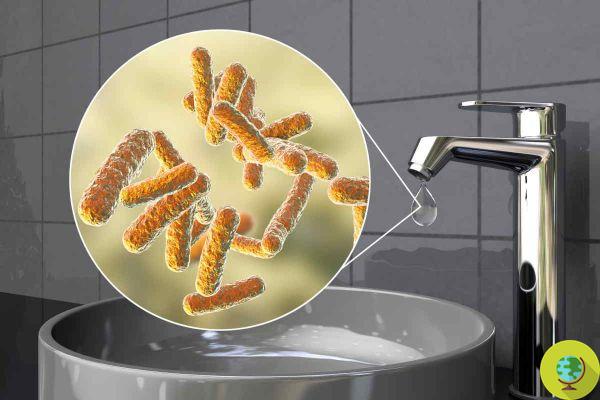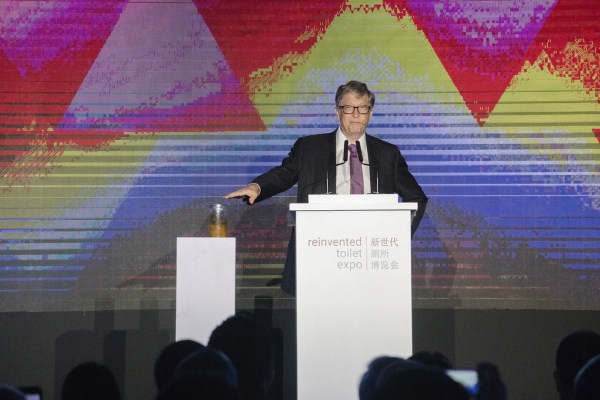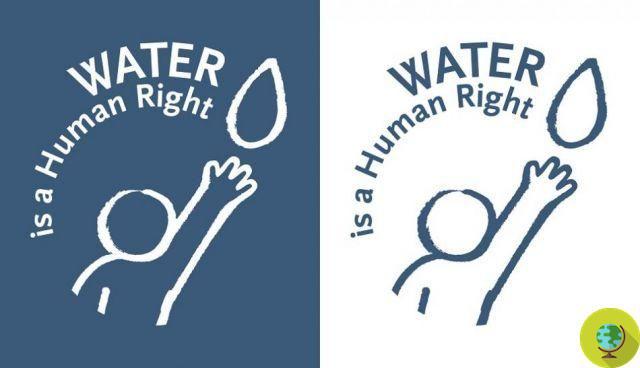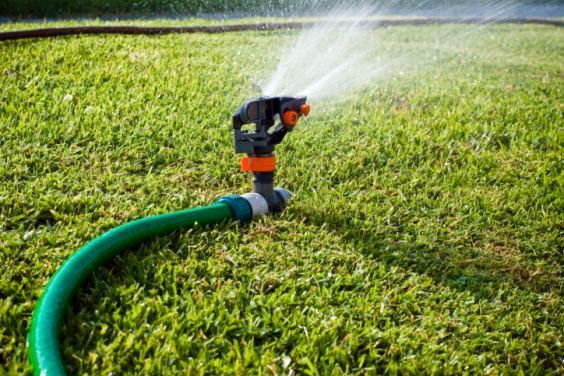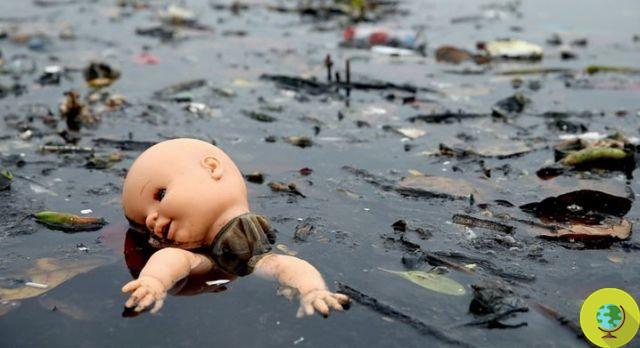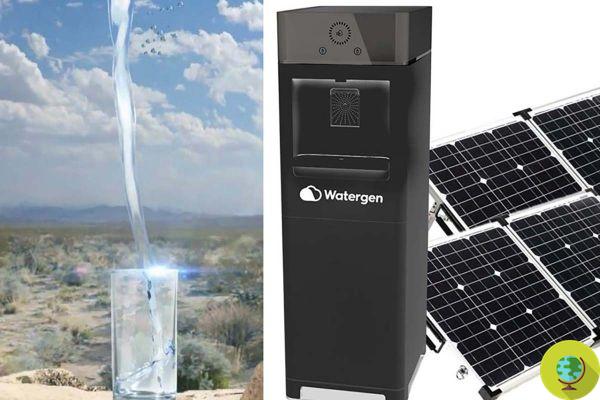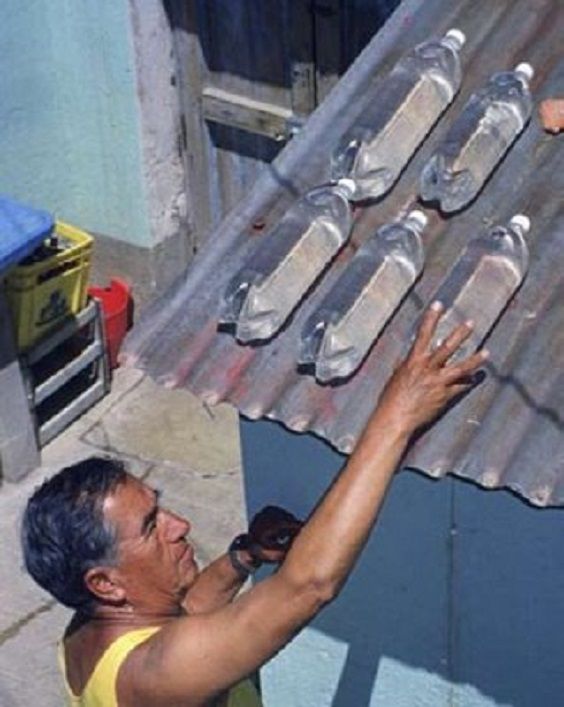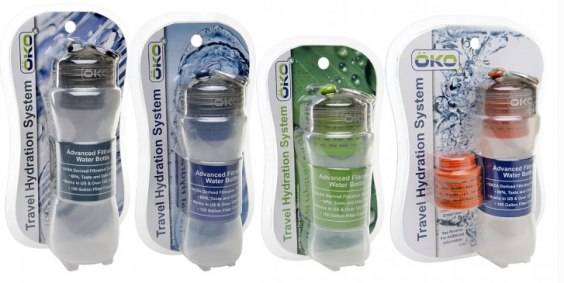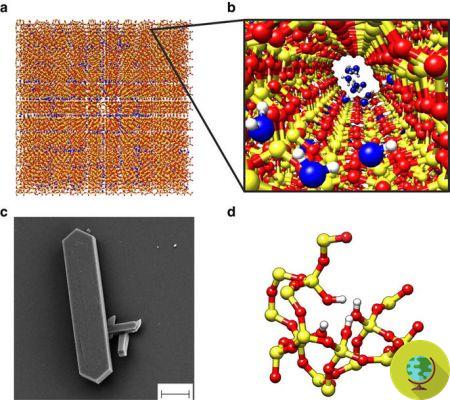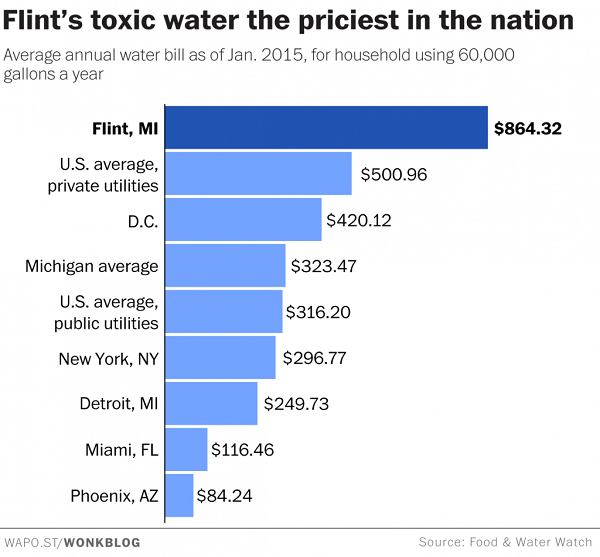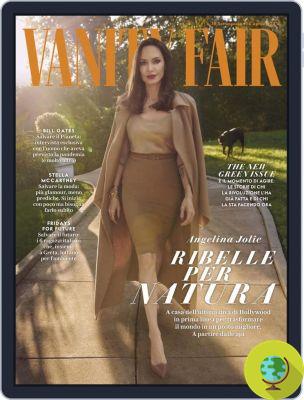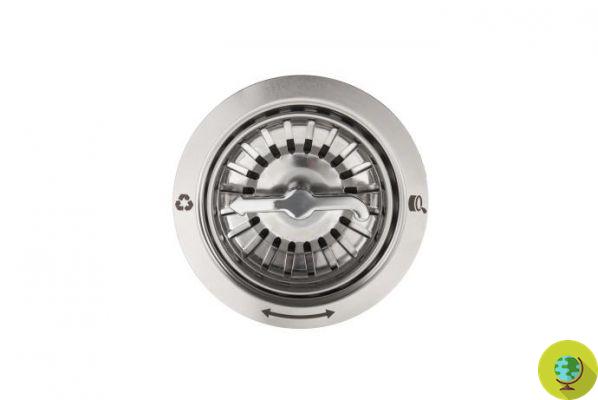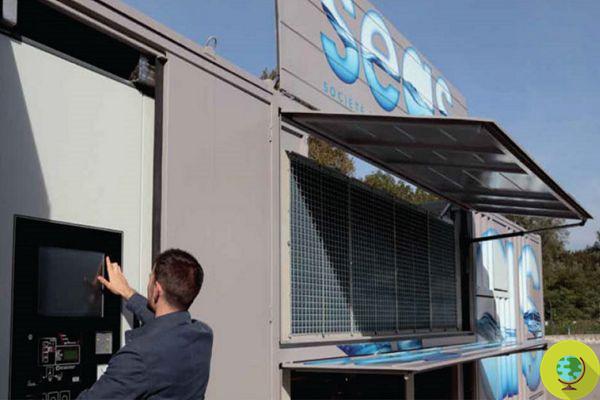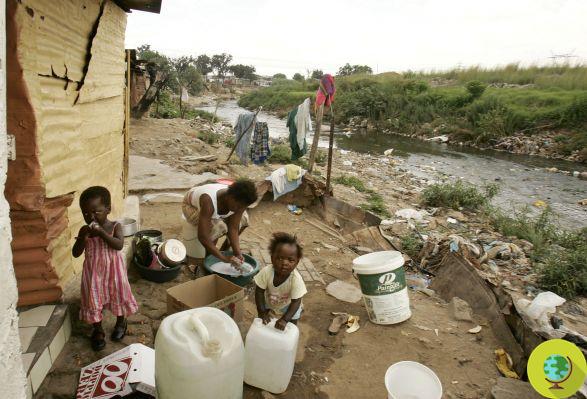
Ecological and artistic projects are underway to rehabilitate the polluted Jukskei, one of Johannesburg's largest rivers.
He is about to end up run over, his mother saves himTwo women, Romy Stander and Hannelie Coetzee, co-founded the Water for the Future association to rehabilitate the polluted Jukskei River, one of the largest rivers running through the South African city of Johannesburg.
In Johannesburg, South Africa, there is a river that has become an open landfill. The river is greyish-black and its ecological health is highly at risk. In the fiume Jukskei Wastewater and wastewater from local companies have been discharged, broken televisions and other waste have been thrown in, and it is not uncommon to find animal carcasses and used needles. There is hardly anything left of that original clean oasis, hosted by birds and surrounded by native plants.
Faced with this havoc, two pioneer women have decided to "put together" one of the largest rivers in the South African city. The conservationist Romy Stander and the artist Hannelie Coetzee they invented an innovative method to defeat the water pollution of the river. Their model, which is founded on trust in research, the creation of ecological infrastructures and the use of art, could be replicated in other parts of the world to save other rivers in danger.
Stander, co-founder with Coetzee of the charity Water for the Future, ha detto:
"Water is a reflection of society, which is toxic."
Index
The green corridor
Strengthened by the constant relationship with the local community and the solid collaboration of engineers, researchers, architects and scientists, in December 2020 the female duo launched a first initiative to remove invasive alien plants and now further projects are underway to create filters of natural water purification, to protect the river.
A recent report by the country's Ministry of Environmental Affairs highlighted how alien plants reduce water runoff by between 1.500 and 2.500 million cubic meters per year. The alien vegetation removed from the Jukskei River is then turned into biomass: natural fuel pellets used to produce electricity or heat.
The final result of the project will be the creation of a ecological corridor of drinking water surrounded by ecological works of art who are able to communicate with people. Stander works on numerous community projects with Nando's, a South African restaurant chain that has partially funded the river's (hopefully, permanent) rehabilitation.
The brave women's project has been compared to New York's High Line Park, a 2.3km strip of greenery built on an old elevated railroad that runs along Manhattan's West Side.
At the origin of the pollution
According to local authority Rand Water, reckless mining, intensive agriculture, wild urbanization and pollution due to illegal spills of toxic materials have progressively worsened the quality of freshwater sources in South Africa.
In South Africa, there is also a kind of "environmental racism". In fact, from the satellite images of the Norwegian Institute for Nature it appears that the richer suburbs are closer to public parks by about 700 meters, have 9% more vegetation and 12% more tree cover than the neighborhoods of the areas. poorest in the country.
From eco-tree seat to environmental education
Another idea born from the two leaders of Water for the Future was the design and construction of one eco-tree seat in collaboration with the city's road maintenance company, the Johannesburg Roads Agency, which cut the pavement of the roadside to form a circular structure.
This special chair, around which, in fact, you can sit, captures and collects rainwater and conveys it towards the roots of a tree. This invention ensures sustainable drainage and allows managing the flow of water to urban rivers.
Still on the subject of eco-social initiatives, Coetzee worked with the post-therapeutic care center Timbuktu in the valley, where the children of Victoria Yards were asked to represent their feelings when they think about the environment in a drawing.
One of the drawings depicted a crying cloud. The image, which was then reproduced with the mosaic technique, is found in the corners of the entire neighborhood to create new forms of environmental awareness within the community.
Fonti: IOL/Water for the Future
Read also:
- Environmental disaster in the Sarina river: over 500 liters of chemicals spilled, ecosystem compromised
-
The color of the rivers changes with the passage of time and indicates the health of the entire ecosystem





